Dear Lunatics,
Tonight’s full moon, the so-called Buck or Thunder moon, is set to launch into the southeastern sky just after sunset.
For those in the US, be warned.
The moon may appear a tigerish orange due to the 120 wildfires blazing in the West and wafting smoke particles across the continent.
You know things are bad on Earth when the billionaires are trying to escape.
On July 11th, Richard Branson soared to the edge of space on Virgin Atlantic’s VSS Unity vessel, and just nine days later, Jeff Bezos made his own suborbital journey on Blue Origin’s New Shepard rocket.
But of course, you already knew this.
These twin spaceflights were carried live on every news station and graced the cover of every newspaper. We were all treated to footage of Branson, in his wrap-around sunglasses, bouncing off the ceiling of his space capsule, while Bezos and his crewmates, for their part, spent their five minutes in zero gravity somersaulting, playing catch with a ping-pong ball and floating Skittles into each other’s mouths.
Clearly, weightlessness appeals to the jaded tycoon. Once you’ve broken free of all conceivable economic restrictions, you must yearn to escape the ultimate restraint—gravity.
Many have pointed out the obscene spectacle of Jeff Bezos, the world’s richest man, launching himself into space while his legion of Amazon workers toil in the company’s notoriously grueling warehouses. And it is ironic that his spaceflight lasted 10 minutes, which is reportedly the amount of “Time off task” an Amazon worker is allowed each 10-hour shift.
Of course, Bezos seems to have anticipated a wave of resentment. At his post-voyage press conference, he ushered on stage CNN contributor Van Jones, who lectured the crowd, “Don’t be mad about it.”
According to Van Jones, Bezos had “lifted the ceilings off of the dreams of humanity today,” and any resentment we earthlings might feel is just plain wrong. “When you see somebody reaching for the heavens,” he instructed, “be glad.”
(Of course, Van Jones’s opinion may have been influenced by the fact that Bezos had just awarded him a no-strings-attached gift of $100 million.)
Personally, I don’t see these two vanity spaceflights as milestones of human exploration. Fifty-two years ago this week, the Apollo 11 space shuttle traveled nearly 4,000 times further into the cosmos when it landed on the moon.
In reality, what we’re seeing now is the dawn of commercial space tourism.
As soon as next year, Elon Musk’s SpaceX will begin ferrying tourists into orbit for a 10-day stay at the International Space Station (ISS). Tickets are priced at $50 million apiece.
There are also reports that Tom Cruise is planning to shoot his next movie at the ISS, which hurtles through space at a rate of five miles per second and orbits the Earth every 90 minutes. (My thoughts and prayers go out to the lighting guy.)
Back in December, I watched Victor Glover, the first African American full-time crew member on the ISS, field questions from students in an Earth-to-space video call.
Toward the end of the streamed event, a very serious-looking kid inquired, “Do you dream in space?” (Which is exactly the question I would have asked.)
Glover responded wistfully, “I stare out that cupola window at our beautiful planet…Even when I’m awake, I’m up here dreaming.”
He also raved about the quality of sleep in space. Evidently, if you slumber in microgravity, you never wake up with a kink in your neck. That alone might be worth the $50 million price tag.
Ever since watching Victor Glover on Youtube, I now receive phone notifications from NASA prompting me to tune in to livestreamed spacewalks.
But I never tune in.
In the slim chance that I ever hitch a ride into space, I want my glimpse through the cupola window to be meaningful.
Every human being who has seen the Earth from space has been irrevocably changed. From all reports, it does something to you, seeing the planet hang in infinite darkness, fragile as a raindrop falling through the night. It gives you a new, cosmic perspective.
“I can vouch for that,” Bezos boasted during his press conference.
Even Branson felt the change, though he struggled to find the words to communicate the experience, “It’s so strange…It’s just—I'm never going to be able to do it justice. It's indescribably beautiful. Yes, anyway.”
Yet I worry.
Won’t the mystical experience of looking down at the Earth lose its potency once we’ve seen it again and again on our tiny phone screens?
Once the uberwealthy and their spawn make the spacewalk into the new bungee jump?
Once the pale blue dot becomes just another selfie backdrop?
The astronaut Chris Hadfield, who recorded a viral cover of David Bowie’s “Space Oddity” during his stay aboard the ISS, has defended the embrace of social media among space voyagers.
He spelled out his reasoning in a recent interview:
Imagine if Michelangelo were lying on his back painting the Sistine Chapel and he had a webcam next to him, and you could ask him questions. We had no idea what Michelangelo was thinking. We only see the result. I think seeing and understanding the process and the human side of it is a really important part of…the exploration of new places.
Personally, I find it hard to imagine a paint-splattered Michelangelo, up on his rigged platform, fending off questions from second graders such as How do you know what God looks like? and Where do you pee?
But maybe Hadfield has a point.
Maybe some things are unspoilable.
For example, no matter how many reproductions I’d seen of the Sistine Chapel, I still felt the crushing weight of its majesty when I stood under it, elbow to elbow with a throng of strangers.
In another life, I might have written a dissertation on the role of gravity in Michelangelo’s masterpiece.
Jesus and his angels surf on creamy clouds, the Old Testament prophets crouch in alcoves, and the souls rising from their graves are hauled into the sky by the tractor beam magnetism of the Messiah.
Only the Big Man himself, swathed in robes the color of spilled wine, floats without visible effort or support.
In fact, of the 343 figures depicted in the Sistine Chapel, God alone operates in zero gravity.
I recently learned that Michelangelo inserted a self-portrait into the sprawling Biblical scene. (I suppose you have to find a way to sign a 5,000 square foot painting somehow.)
While he could have projected his likeness onto a winged angel, the artist chose instead to smear his features onto a dangling husk of a martyr’s flayed skin.
It’s a pretty grotesque signature.
It’s also, according to art historians, a classical reference to a satyr who was skinned alive for having the audacity to challenge the god Apollo to a musical duel. Apparently, Michelangelo was afraid he would share the satyr’s fate—his contemporaries called him “the divine one,” after all—and he hoped to earn God’s mercy by preemptively acknowledging his hubris.
However, I think Michelangelo may have been referencing something far more literal.
As his pupil later recalled:
While [Michelangelo] was in full vigour, he generally went to bed with his clothes on, even to the tall boots…At certain seasons he kept these boots on for such a length of time, that when he drew them off the skin came away together with the leather…
One thing I do remember from my short time in the Sistine Chapel was how quickly my hyperextended neck began to ache.
Somehow Michelangelo managed to paint the entire ceiling while contorted in the same posture.
He even wrote a poem about it:
My beard toward Heaven, I feel the back of my brain
Upon my neck, I grow the breast of a Harpy;
My brush, above my face continually,
Makes a splendid floor by dripping down.
If only the Vatican had used the power of prayer to propel the Sistine Chapel into orbit, then Michelangelo could have sailed up to the ceiling and painted while floating weightlessly on his back, his trowel and brushes bobbing conveniently next to him.
Of course, Michelangelo was born half a millennia before Virgin Galactic, Blue Origin or SpaceX and therefore never had the chance to leave the planet.
Which is too bad, because he certainly wouldn’t have minded the grungier aspects of space living. Although we always think of a space station as antiseptic and gleaming, the ISS is surprisingly filthy. Without gravity, molted skin cells go airborne. When the astronauts in the ISS take off their socks, thick clouds of skin particles fly out. If anything, Michelangelo would have felt right at home.
And he certainly had the funds. Michelangelo was perhaps the first truly wealthy artist in history. He was well paid by the Pope and other patrons, and he invested wisely in property. When he died at 89, he left behind a fortune worth 50,000 florins—the equivalent today of $50 million.
Of course, there’s one crucial difference between Michelangelo and the space-crazed billionaires of today.
Michelangelo got his hands dirty.
When his assistants cost him over a year of work by using the wrong kind of ash to mix his plaster, Michelangelo kicked them out and locked the chapel door, vowing from then on to do the manual labor himself.
If I could tune in to a 16-century webcast and pester Michelangelo mid-fresco, I would ask him this:
Do you ever get lonely?
Do you ever think of quitting?
Do you ever allow yourself a break longer than 10 minutes?
Do you ever get so tired that you fall asleep on your platform?
And if so, what do you dream of?
SHAMELESS SELF-PROMOTION
The Hard Work of Hope
Last week my poem was featured in The Hard Work of Hope column by Mass Poetry, a fantastic organization. The poem is called “Ode to My Inhaler” and seems especially appropriate for these smoke-filled days.
Blind Drawings
This spring, I adopted a daily practice of making “blind drawings,” which is to say, drawings sketched without looking. Please follow me on Instagram to see the results.
“I saw the reflection of the moon in the water, but was horrified to see there was no moon in the sky: the moon had been drowned in the water.”
― Leonora Carrington, surrealist writer & painter
The Lunar Dispatch
A warm welcome to those new arrivals lured into this newsletter’s orbit by Substack’s recent feature.
Over the past week, I’ve received a tidal wave of kind & thought-provoking messages. Turns out, there are more moon-lovers out there than I ever guessed.
Going forward, I’d love to share your photos, drawings, and paintings of the moon in future newsletters. So feel free to send your images to willdowdwriter@gmail.com (along with your name so I can give you proper credit).
Should you have any tips for upcoming lunar happenings, please drop them in the comment section for the benefit of me and other readers.
And finally, if you enjoy this newsletter, please consider sharing it with a like-minded friend or two.
Cheers,
Will


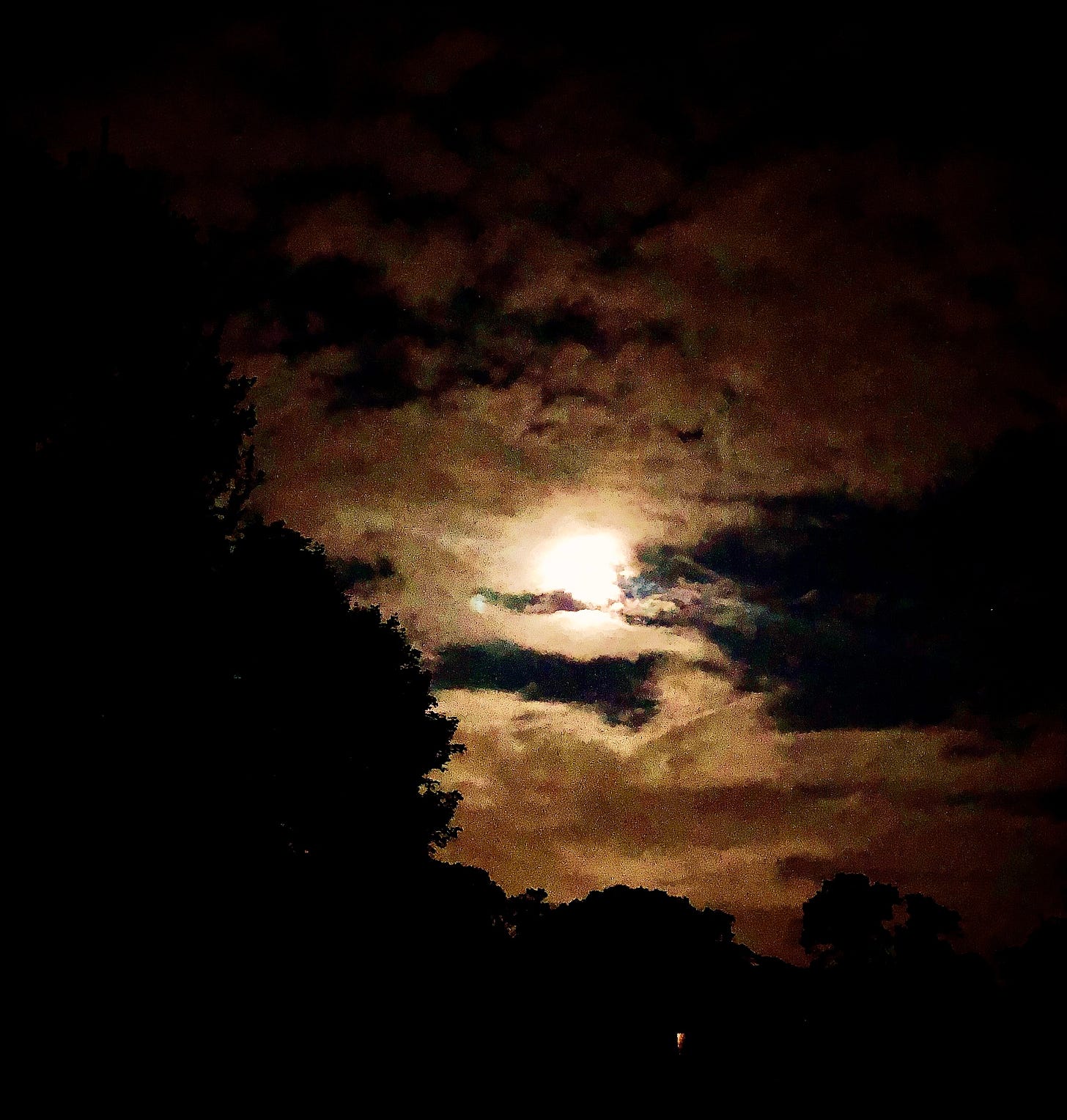

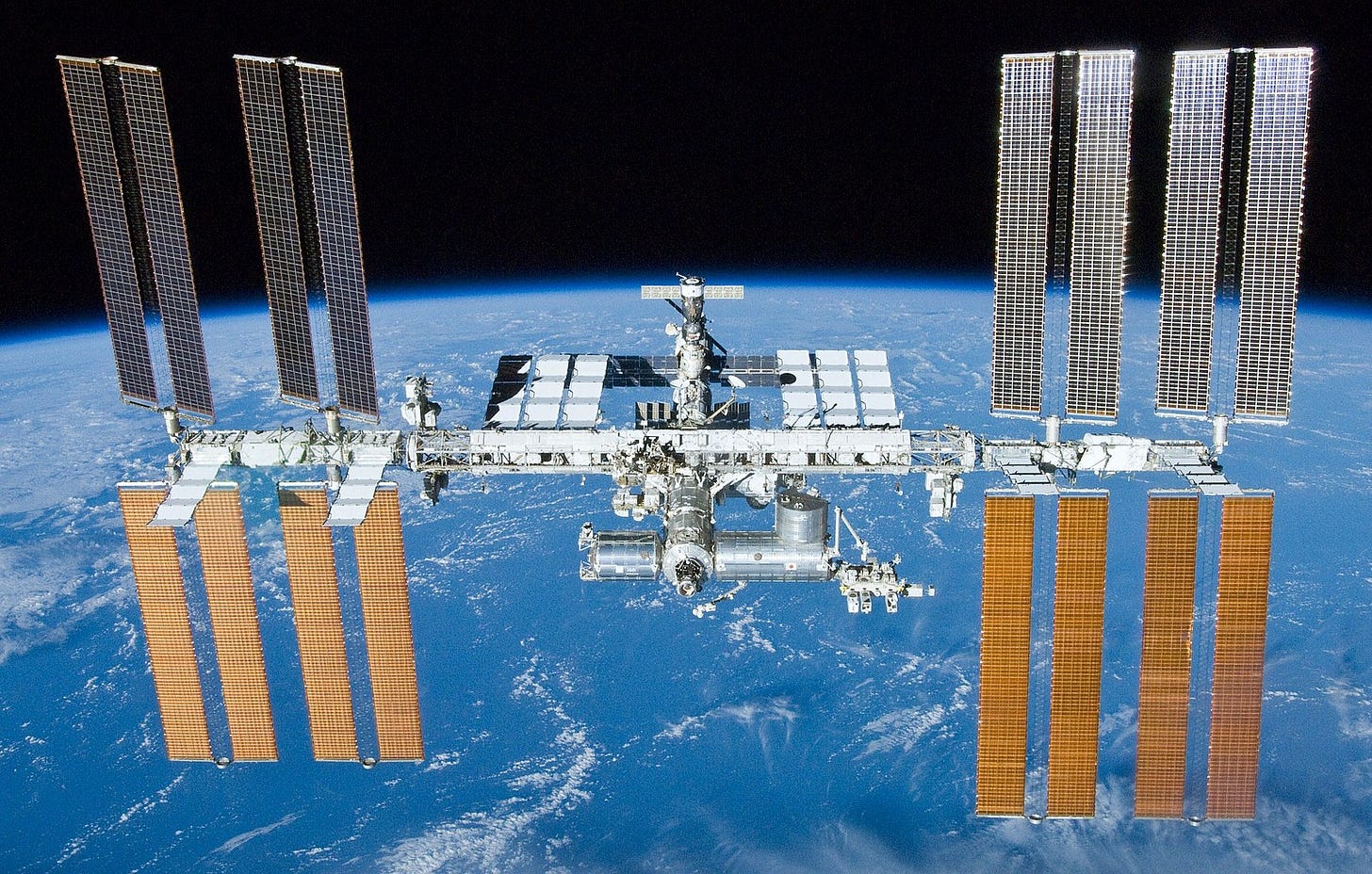
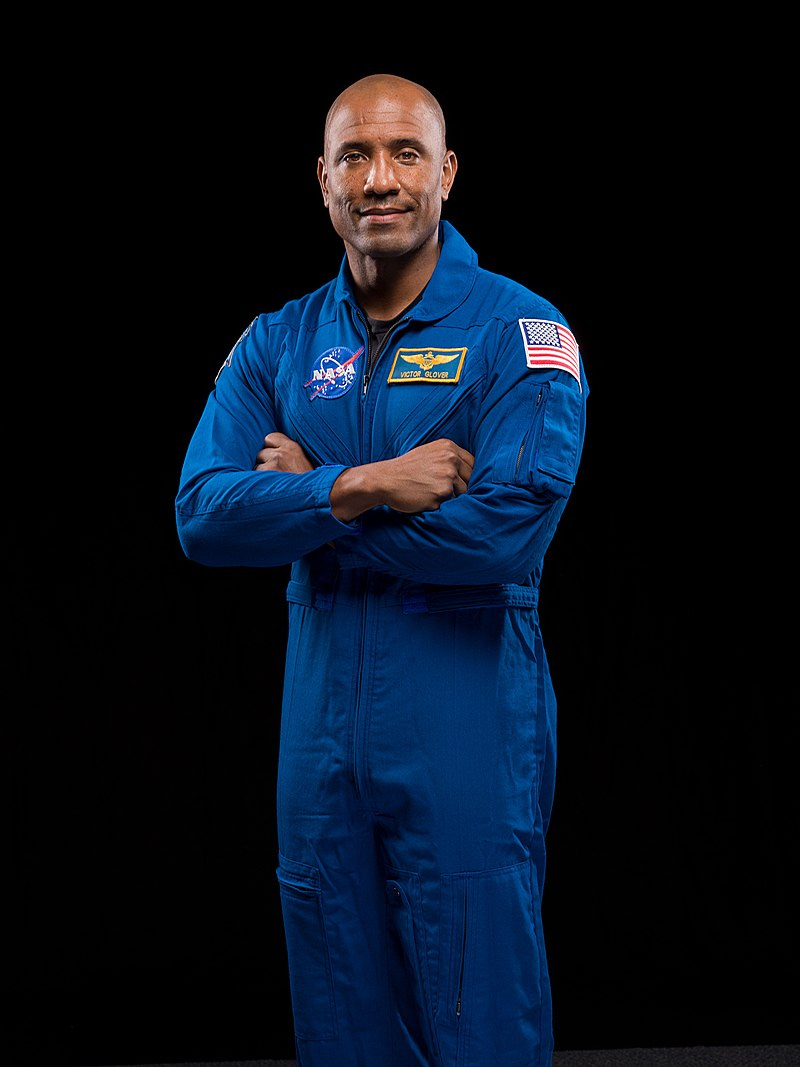
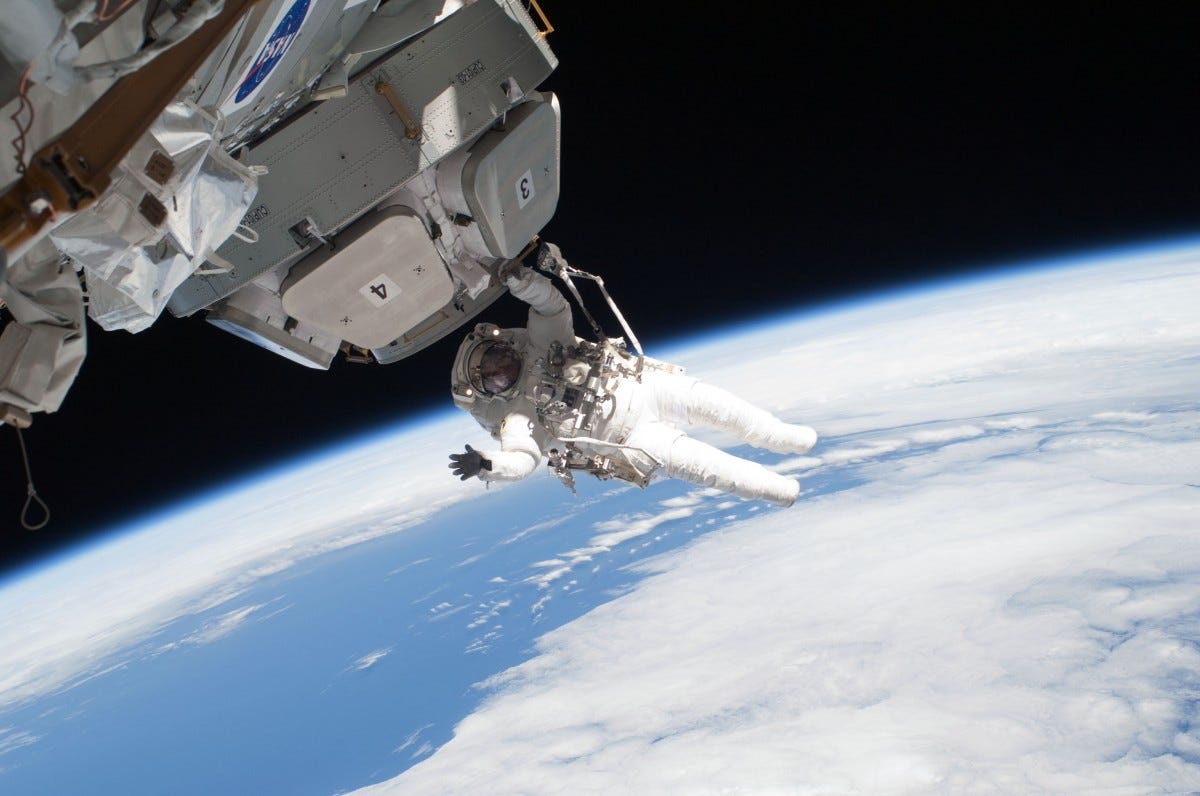
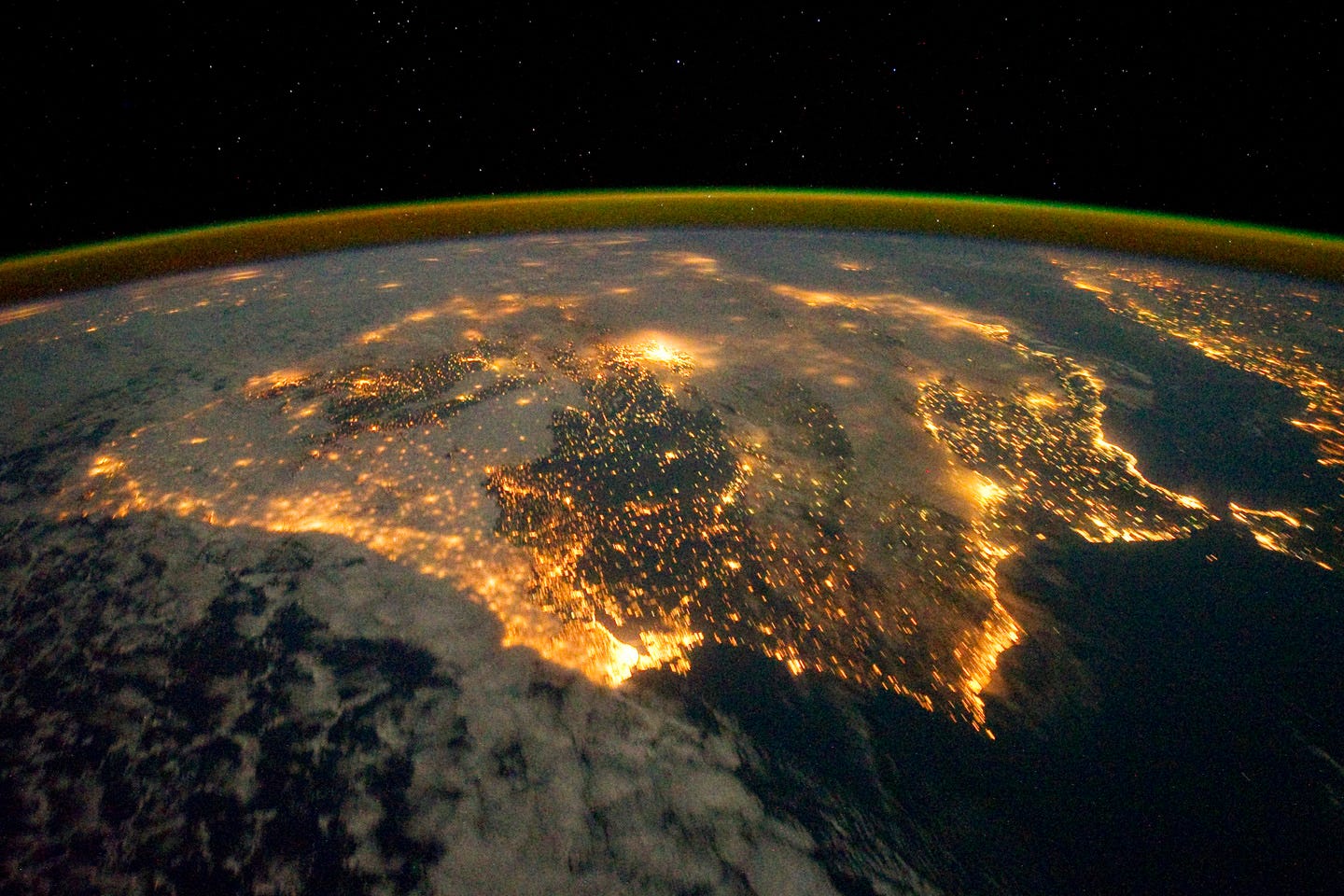
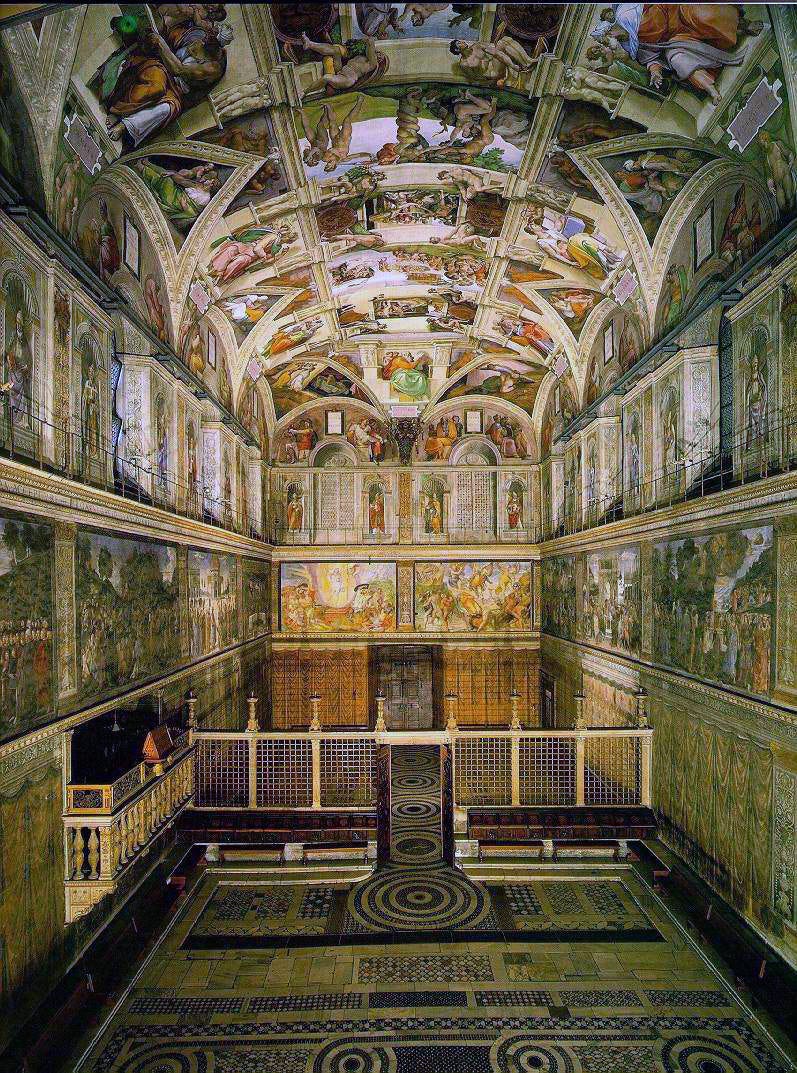
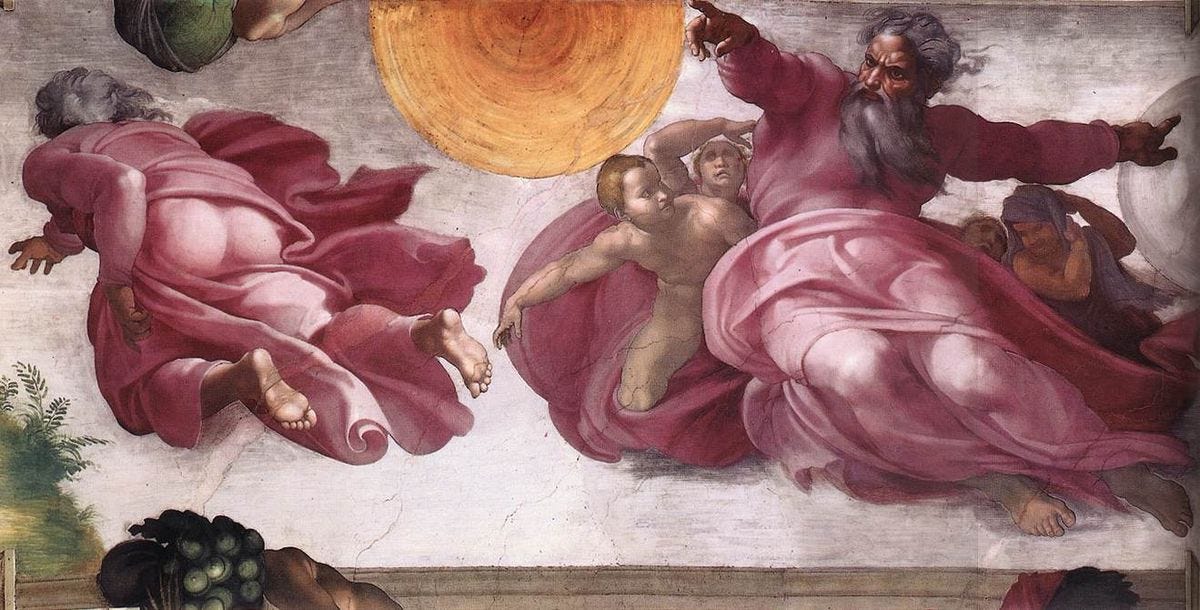
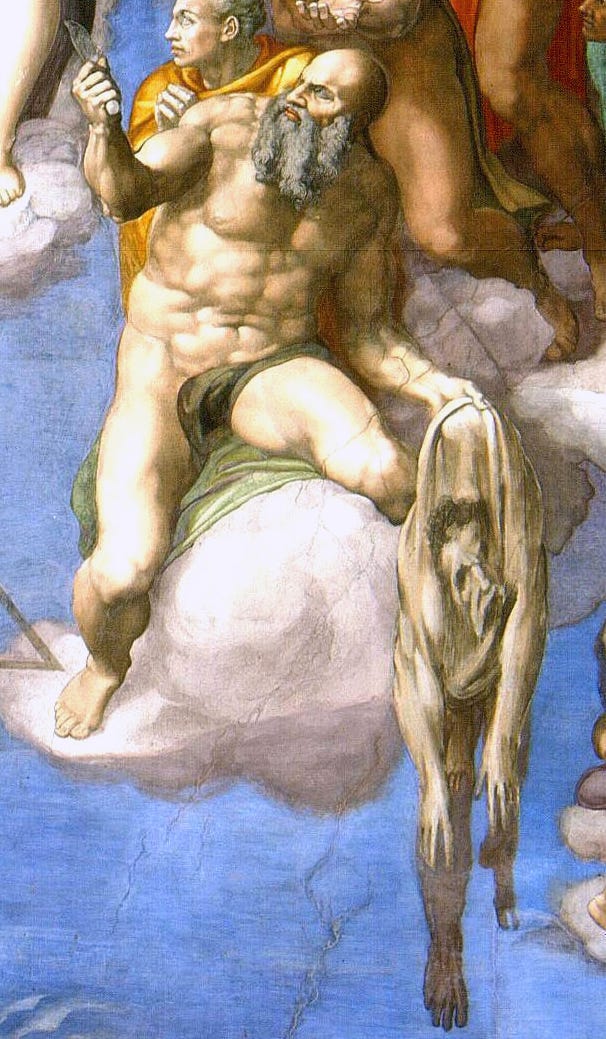

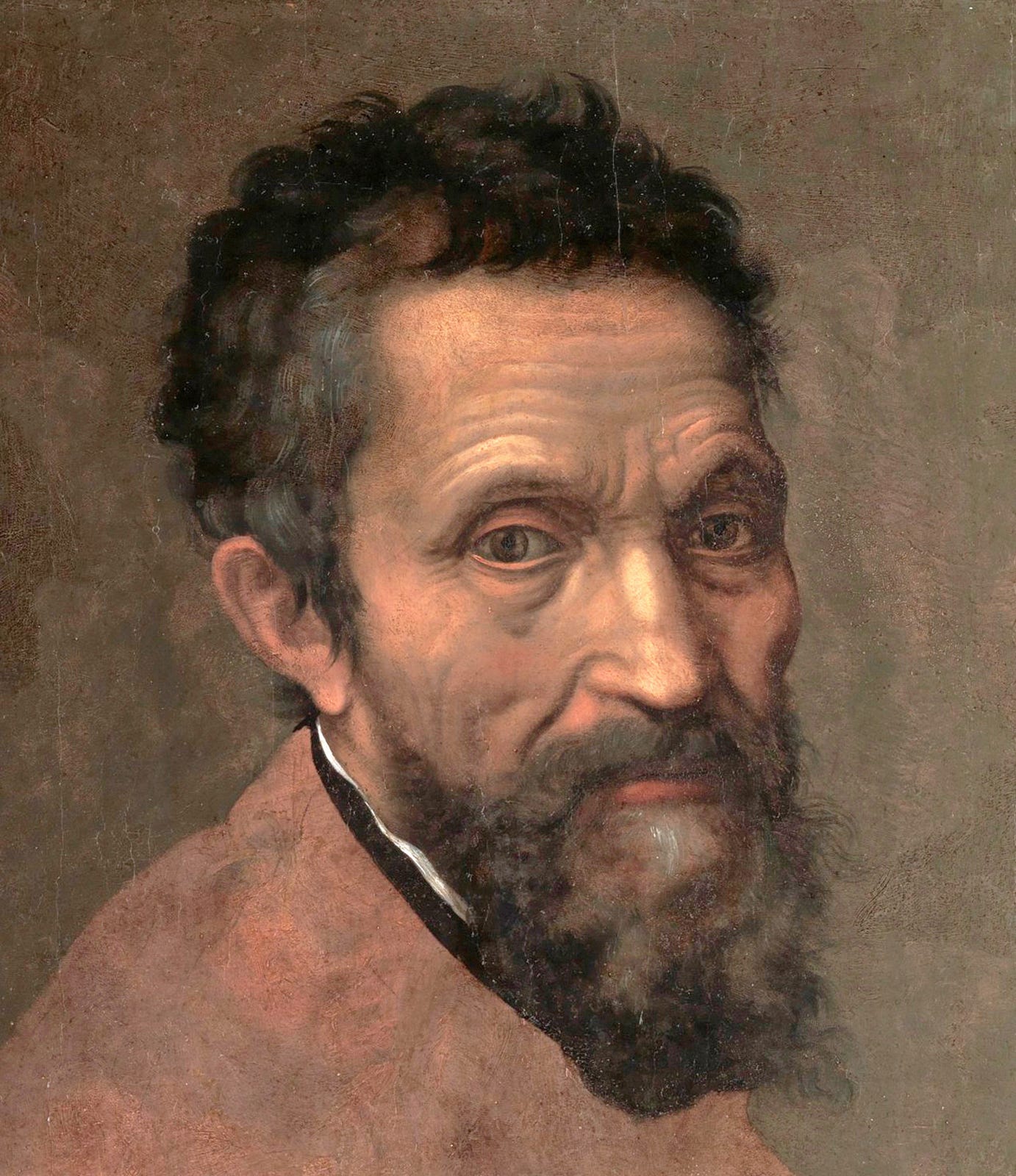

This is a fantastic issue. As Substack goes, it is Sistinesque.
I love the way you mix humor into your writings. Quite curious to know how long it took you to write this...